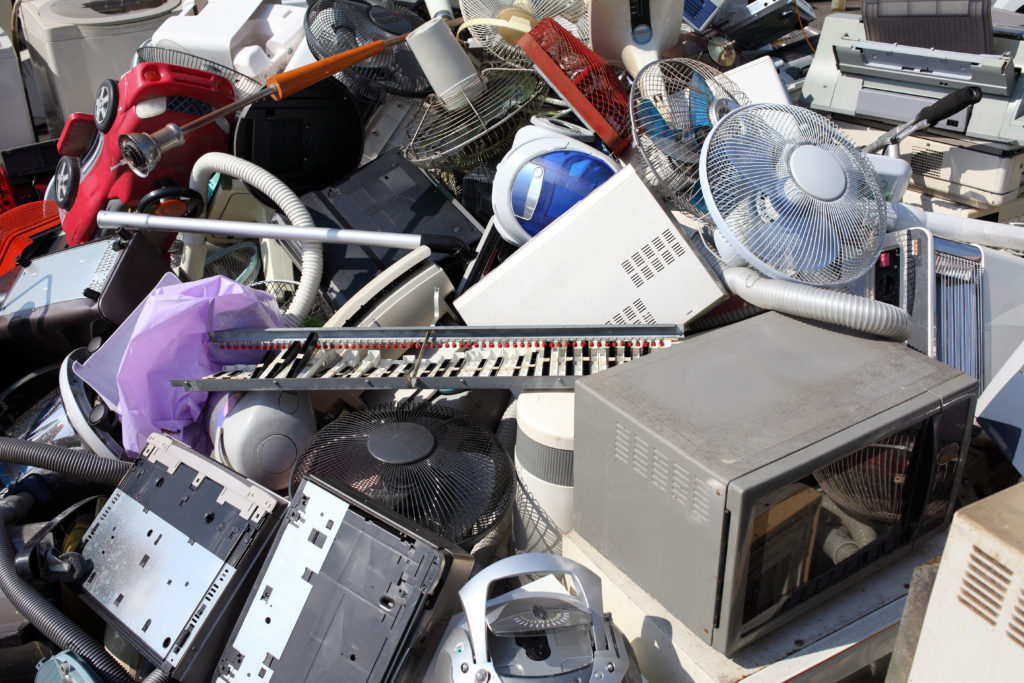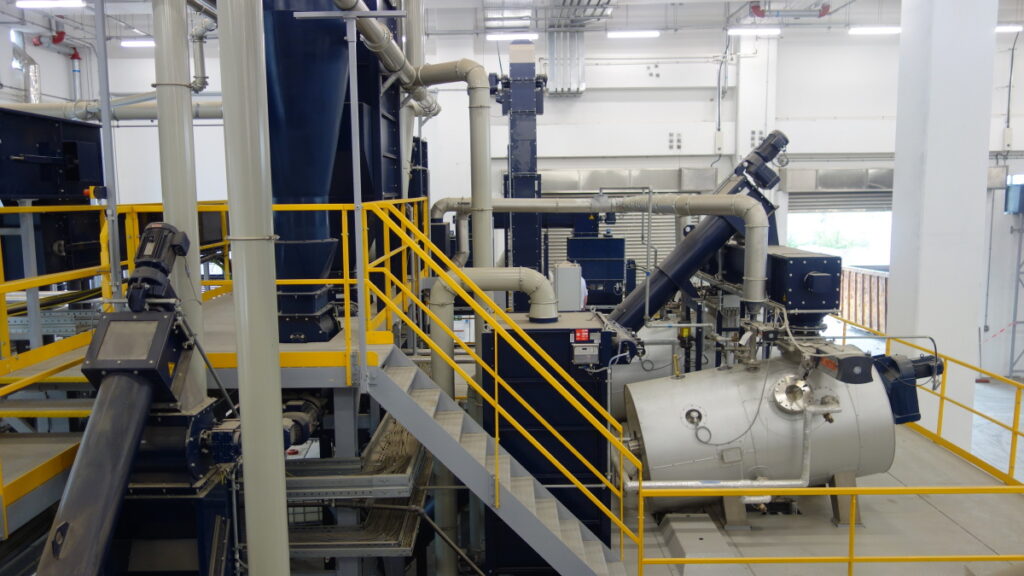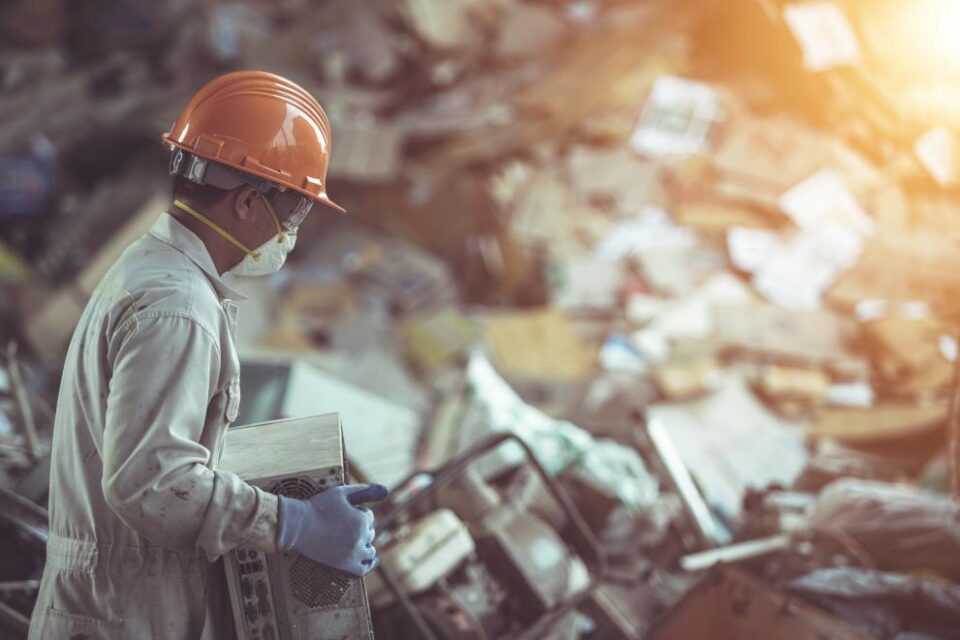In today’s digital age, electronic devices are an integral part of everyday life. From smartphones to laptops and household appliances, our dependence on technology continues to grow. However, this rapid advancement comes with a significant environmental challenge: electronic waste.
The disposal and management of electronic waste, also known as WEEE (Waste Electrical and Electronic Equipment), has become a critical concern for both individuals and businesses. Proper WEEE recycling ensures that hazardous materials are handled safely while valuable resources are recovered and reused.
What is WEEE?
WEEE encompasses all types of discarded electrical and electronic equipment. This includes devices that are no longer functional, obsolete, or have been replaced by newer models. Common examples include computers, mobile phones, televisions, kitchen appliances, and even lighting equipment.
These items often contain harmful substances such as lead, mercury, and cadmium, which can pose serious risks to human health and the environment if not disposed of correctly.
The Importance of WEEE Recycling

Recycling electronic waste is crucial for several reasons. First, it reduces the environmental impact of toxic substances leaching into soil and water. Improper disposal of electronics in landfills can lead to pollution, affecting both wildlife and communities.
Second, WEEE recycling promotes resource efficiency. Many electronic devices contain precious metals like gold, silver, and copper. Recovering these materials reduces the need for mining, conserving natural resources and energy.
Finally, proper recycling helps reduce the overall volume of waste, easing pressure on landfills and contributing to a circular economy.
How WEEE Recycling Works
The process of WEEE recycling involves several key steps. Initially, collected electronic waste is sorted by type and size. This sorting is essential to separate hazardous components from materials that can be safely reused or recycled.
Next, the equipment undergoes depollution, where toxic substances like batteries and chemicals are removed.
Following this, materials such as metals, plastics, and glass are extracted using mechanical and chemical processes. These recovered materials can then be reintroduced into manufacturing, reducing the demand for virgin resources.
Benefits for Businesses and Households

Both businesses and households can benefit from participating in WEEE recycling schemes. For businesses, responsibly recycling electronic waste demonstrates environmental responsibility and compliance with legal obligations.
Many countries have strict regulations requiring companies to manage WEEE properly. For households, recycling old electronics prevents hazardous materials from contaminating the environment while contributing to resource conservation. Moreover, several recycling programmes offer free collection or incentives, making it convenient for consumers to dispose of their unwanted devices safely.
Challenges in WEEE Recycling
Despite its importance, WEEE recycling faces several challenges. One major issue is the complexity of modern electronics, which often integrate multiple materials that are difficult to separate. Additionally, illegal dumping and improper disposal remain a problem in some regions.
Public awareness is another hurdle, as many individuals are unaware of the proper methods for recycling electronic waste. Addressing these challenges requires coordinated efforts from governments, manufacturers, and consumers to promote responsible practices.
WEEE Recycling and Environmental Responsibility
Embracing WEEE recycling is not just a regulatory requirement but a moral responsibility. By ensuring electronic waste is processed correctly, we protect ecosystems, reduce pollution, and conserve valuable materials.
Companies can establish WEEE recycling programmes to streamline collection and processing, while individuals can contribute by disposing of their devices through authorised channels. Together, these actions create a sustainable framework for electronics management.
Future Trends in WEEE Recycling

The future of WEEE recycling is evolving rapidly. Innovations in recycling technologies, such as automated sorting systems and advanced chemical recovery methods, are making it easier to reclaim valuable materials.
Additionally, growing consumer awareness and stricter legislation are expected to increase recycling rates. Companies are also exploring design strategies to create electronics that are easier to disassemble and recycle, promoting a more sustainable lifecycle for products.
Conclusion
WEEE recycling plays a pivotal role in managing the environmental impact of electronic waste. From recovering valuable materials to preventing pollution, it offers significant ecological and economic benefits. By participating in WEEE recycling initiatives, businesses and individuals alike can contribute to a cleaner, more sustainable future.
As technology continues to advance, embracing responsible disposal and recycling practices will remain essential to safeguarding both the environment and our communities. Integrating WEEE recycling into everyday habits ensures that the electronics we rely on today do not become the environmental burdens of tomorrow.

